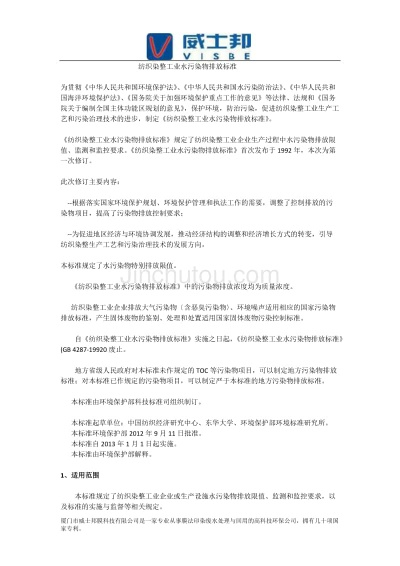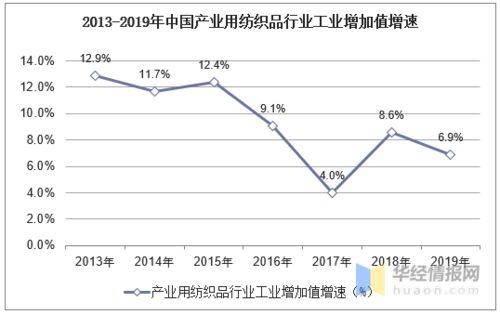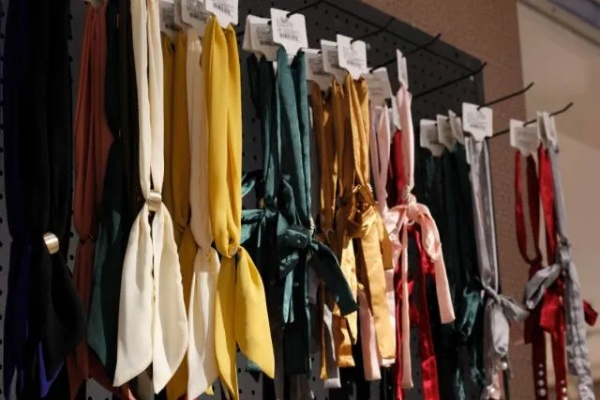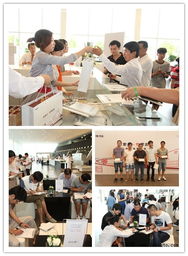Trends in Home Textile Colors:A Global Perspective
This paper provides a comprehensive review of the global trends in home textile colors, focusing on both the traditional and contemporary aesthetic preferences for color choices within the home environment. The study highlights how consumer attitudes toward home décor have evolved, reflecting a shift towards more natural, muted tones and a preference for simplicity and functionality over flashy, bright hues. Trends in color usage across different regions are examined, revealing distinct cultural influences and regional variations in color palettes and design preferences. Furthermore, the integration of technology, such as digital printing and smart materials, has played a significant role in shaping new color trends, offering consumers more customization options and enhancing the aesthetic appeal of their home spaces. Overall, this research contributes to understanding the evolving trends and preferences in home textile colors, providing valuable insights for designers and manufacturers looking to create appealing, functional, and stylish interior environments.
As we navigate through the ever-evolving world of fashion and design, one cannot overlook the significance of home textile colors. The way colors are used in home decor can significantly impact a room's aesthetic appeal and overall ambiance. This article explores the current trends in home textiles and color preferences, drawing insights from various global sources to paint a vivid picture of what is currently on-trend.
Global Overview

The global landscape for home textile colors is marked by a blend of past traditions intertwined with contemporary influences. Innovative designers and trendsetters are pushing boundaries, experimenting with bolder hues and unexpected color palettes that resonate with modern living spaces.
Influences on Home Textile Colors
Several factors drive the trends shaping home textile colors today. These include cultural shifts in taste, economic considerations, technological advancements, and environmental concerns.
-
Cultural Shifts: Globalization has led to cross-cultural influences, leading to newfound interest in traditional patterns and colors. For example, the Japanese aesthetic often incorporates subtle earth tones and neutrals while also embracing bold pops of color for a unique look.
-
Technological Advances: With innovations in printing technology, designers are now able to produce intricate designs on a larger scale, allowing for more varied and dynamic color combinations. 3D printing is also revolutionizing the way we create textiles, offering endless possibilities in color and texture.
-
Economic Considerations: Cost consciousness plays a role in color choices as well. While luxury brands might favor bolder hues, budget-conscious consumers often opt for more understated and muted tones.
-
Environmental Concerns: Sustainability has become a top priority for many consumers, leading to a focus on natural fibers and minimalist color schemes. Green and earthy tones have become increasingly popular due to their eco-friendly credentials.
Case Studies
To illustrate these trends, let's take a closer look at some notable examples.
-
Japanese Chic with a Bang: Incorporating traditional Japanese motifs with bold, contrasting accent colors, such as red and white, has become a signature style. The use of natural materials like silk and cotton creates a timeless elegance that speaks to modern design aesthetics.
-
Modern Neon: Bright neon shades have made a comeback, particularly in urban spaces. Their energy and playfulness are ideal for creating an upbeat atmosphere, whether it's in a kids' room or a tech nook.
-
Eco-Friendly Neutrals: As consumers prioritize sustainability, neutral tones with pops of green or blue are becoming increasingly popular. They reflect a conscious effort to minimize waste and promote a sense of calm within the space.
-
Textured Technicolor: The combination of geometric patterns with vibrant, multi-layered color combinations is reminiscent of abstract art. These textures add depth and interest to otherwise monochrome rooms.

Summary
Home textile colors are not static; they constantly evolve with the tastes and needs of society. By understanding the influences behind these trends, we can better tailor our own spaces to reflect personal style and lifestyle preferences. Whether you lean towards the bold and colorful, the understated and neutral, or somewhere in between, there is always a color palette out there that will complement your vision for your home.
随着人们生活品质的提升,家用纺织品作为家居装饰的重要组成部分,其色彩选择也日益受到关注,本篇文章将围绕家用纺织品色彩流行趋势展开讨论,并通过英文案例说明来进一步阐述。
家用纺织品色彩流行趋势概述
色彩趋势特点
近年来,家用纺织品色彩呈现出多元化、个性化、时尚化的特点,从经典复古风格到现代简约风格,从自然色调到抽象艺术元素,各种色彩搭配层出不穷。
流行色彩分类
根据市场调研和流行趋势分析,家用纺织品的主要流行色彩包括:
(1)自然色调:如绿色、蓝色、棕色等,受到越来越多消费者的喜爱。
(2)时尚元素:如印花、图案、抽象艺术等,符合现代家居装饰风格。
(3)复古风格:如老上海、老北京等传统色彩,具有怀旧情感。
案例分析
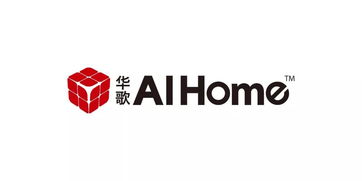
以某知名家居品牌为例,其近年来推出的家用纺织品系列,色彩搭配十分时尚且符合现代家居装饰风格,该系列采用了多种自然色调和抽象艺术元素进行搭配,打造出既时尚又具有艺术感的家居环境。
家用纺织品色彩流行趋势的原因分析
消费者需求变化
随着消费者审美水平的提高,他们对家纺产品的色彩选择也更加注重个性化、时尚化和舒适性,家用纺织品色彩流行趋势的出现也是顺应了消费者需求的变化。
市场需求推动
随着人们对家居生活品质的追求不断提高,家用纺织品作为家居装饰的重要组成部分,其市场需求也在不断增长,家用纺织品色彩流行趋势的出现也是市场需求推动的结果。
家用纺织品色彩流行趋势的未来展望
多元化发展
家用纺织品色彩将更加多元化发展,各种色彩搭配将更加丰富多样,消费者将更加注重家纺产品的个性化、时尚化和舒适性,同时也会更加注重产品的环保性和可持续性。
创新设计趋势
家用纺织品色彩将更加注重创新设计,设计师将更加注重产品的实用性和美观性的结合,同时也会更加注重产品的环保性和可持续性,采用可再生材料、环保染料等环保理念将更加深入人心。
家用纺织品色彩流行趋势是随着消费者需求变化和市场需求的推动而逐渐形成的,家用纺织品色彩将更加多元化发展,创新设计趋势也将更加明显,环保理念也将更加深入人心,家纺产品也将更加注重环保性和可持续性。
Articles related to the knowledge points of this article:
The Significance of Textile Fire Retardant Finishing
Exploring the Best Discounted Textiles in Guangyuan A Shopping Guide
The Role of Textiles in the Continuous Transition from Industry to Industry
